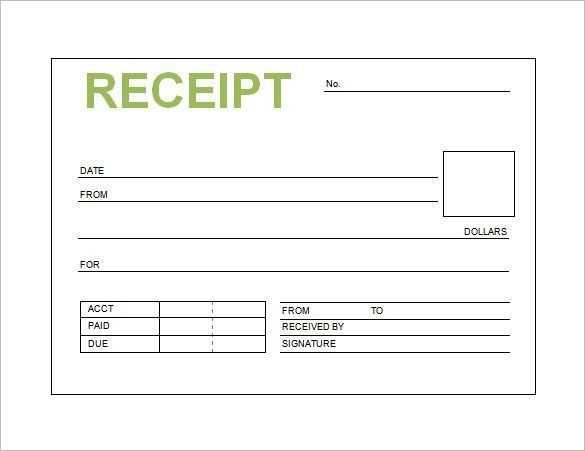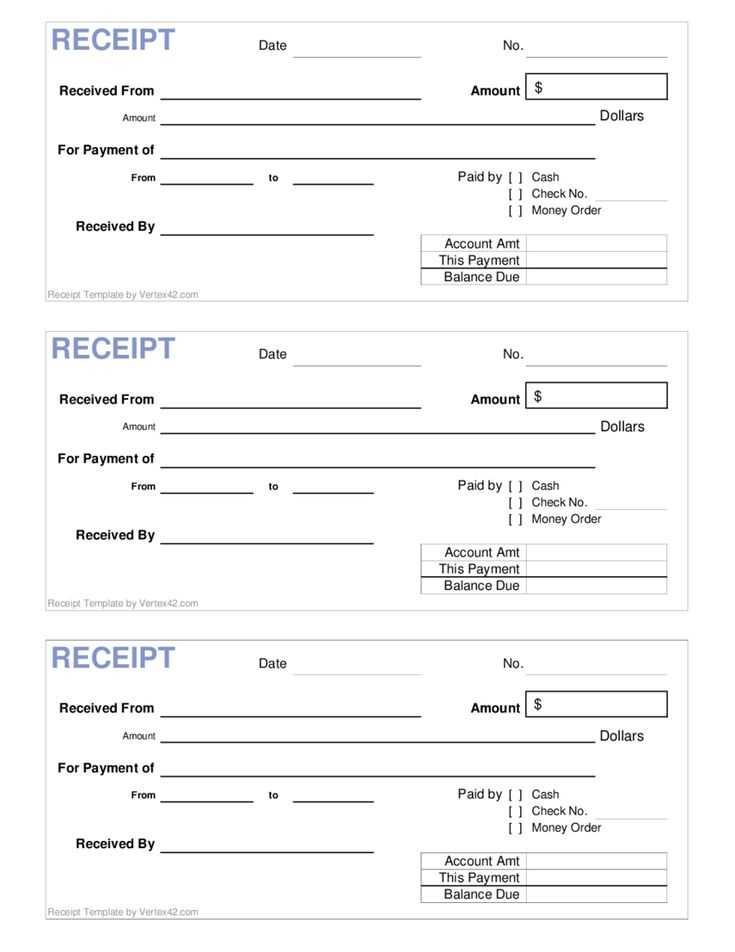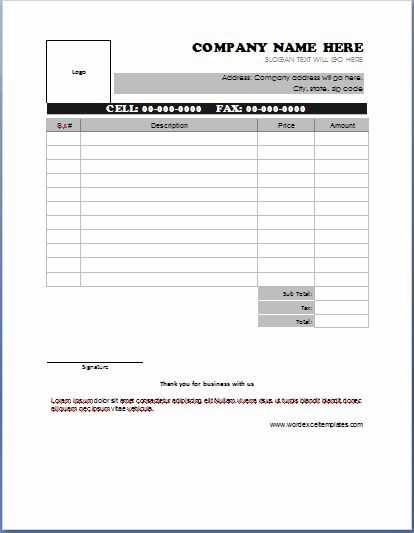
Template Overview

For businesses that need a quick and reliable way to confirm a transaction, a sales receipt letter can serve as a helpful confirmation tool. This document outlines the details of a completed sale and ensures both the buyer and seller are on the same page regarding the transaction.
Sales Receipt Letter Structure
Here’s a simple yet effective structure for a sales receipt letter:
- Company Information: Include your business name, address, and contact details at the top of the letter.
- Receipt Number: Assign a unique identifier for the transaction.
- Transaction Date: The exact date the sale took place.
- Customer Details: List the buyer’s name and contact information, if needed.
- Items Purchased: Clearly specify each product or service sold, with quantities and prices.
- Total Amount: The full cost, including any applicable taxes, fees, and discounts.
- Payment Method: Indicate how the transaction was completed (e.g., credit card, cash, or check).
- Thank You Note: A brief message expressing appreciation for the business.
Example Template

Here’s an example of how the sales receipt letter might look:
[Business Name] [Business Address] [Phone Number] [Email Address] Receipt Number: [12345] Transaction Date: [MM/DD/YYYY] Customer Name: [Customer's Full Name] Customer Contact: [Phone Number or Email] Purchased Items: - [Item Name 1] - [Quantity] x [Price per Unit] - [Item Name 2] - [Quantity] x [Price per Unit] - [Additional Items, if any] Total Amount: [Total Cost] Payment Method: [Credit Card/Cash/Check] Thank you for your business! [Your Business Name]
Tips for Customization
- Tailor the language: Customize the thank you message to match your brand’s tone.
- Include additional info: If applicable, add warranty details or return policies.
- Keep it clear: Ensure all transaction details are easy to read and free of jargon.
This straightforward approach ensures you provide both your customer and your business with a clear record of the sale. It’s a professional way to document transactions and maintain good customer relations.
Sales Receipt Letter Template
Creating a clear and concise sales receipt letter ensures proper documentation for both the buyer and seller. A typical sales receipt should include the following elements:
1. Business Information: Name, address, and contact details of the seller.
2. Customer Information: Full name and contact details of the buyer.
3. Transaction Details: A description of the product or service purchased, including quantity, price, and any applicable taxes.
4. Date and Receipt Number: This helps track the sale and makes it easier for future reference.
5. Payment Method: Indicate whether the payment was made by cash, card, or another method.
6. Total Amount Paid: Include the final amount after taxes and discounts (if applicable).
How to Structure a Sales Receipt Letter

Start with the seller’s contact details, followed by the date of the transaction. List the purchased items along with their respective prices, quantities, and total amount. Use clear formatting to separate each section, ensuring that the reader can quickly understand the details. A final statement of payment received and the receipt number can be placed at the bottom for clarity. Always ensure the language is straightforward and professional, avoiding unnecessary jargon.
Common Mistakes to Avoid When Creating a Receipt
Be sure to avoid these common errors:
1. Inaccurate Information: Double-check the amounts, product descriptions, and dates. Mistakes here can cause confusion and disputes.
2. Missing Details: Ensure all required elements like transaction ID and payment method are included.
3. Poor Formatting: A receipt should be easy to read, with logical sections and clear distinctions between information.
By following these guidelines, you can create a sales receipt letter that serves as a reliable record for both parties.
Customizing a Sales Receipt for Different Transaction Types
For online sales, include the shipping details, delivery method, and expected arrival time. In-person transactions may require additional space for signatures, and if a return policy applies, it should be clearly stated. Customization ensures that the receipt meets the specific needs of the transaction and the parties involved.


